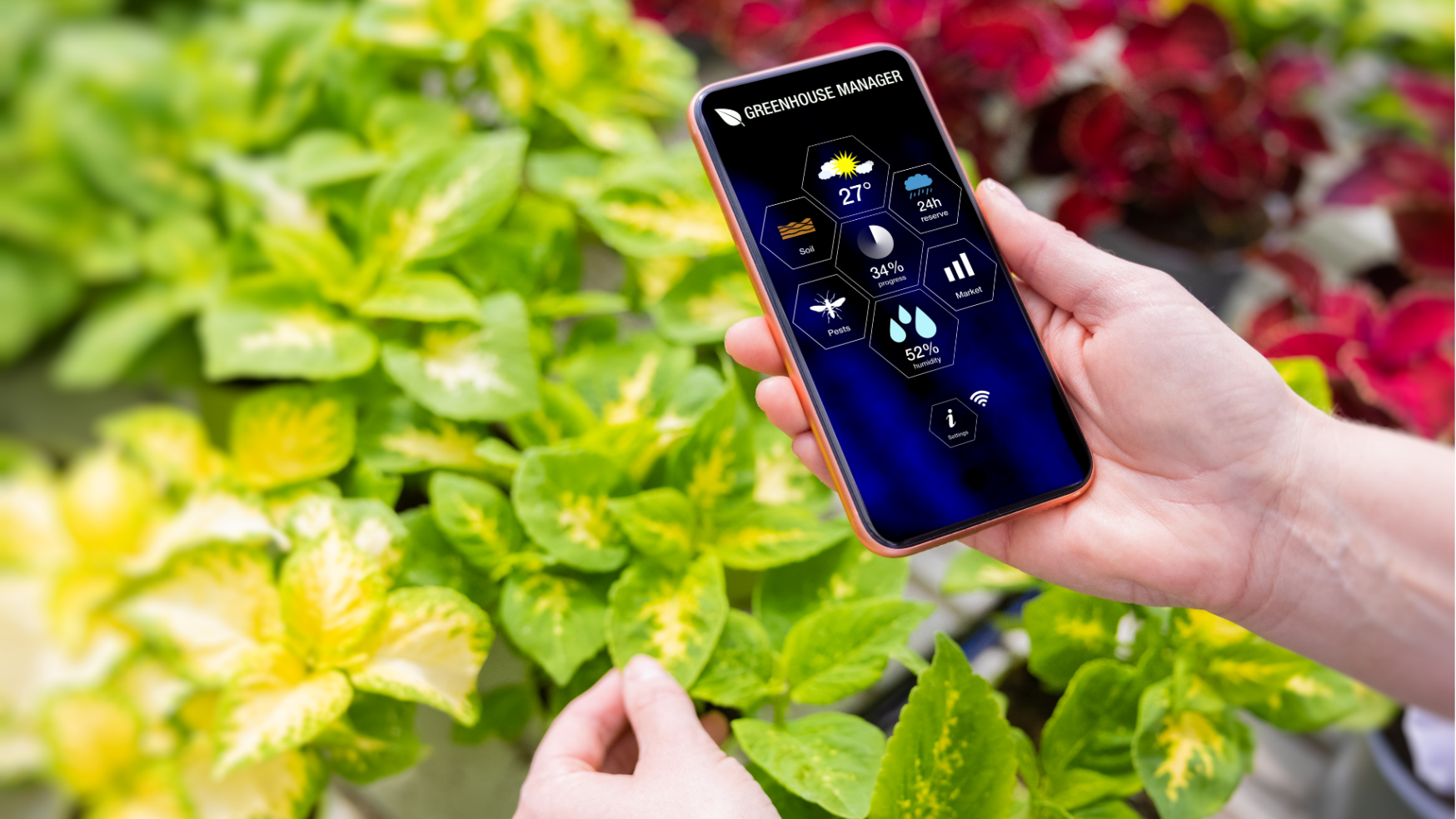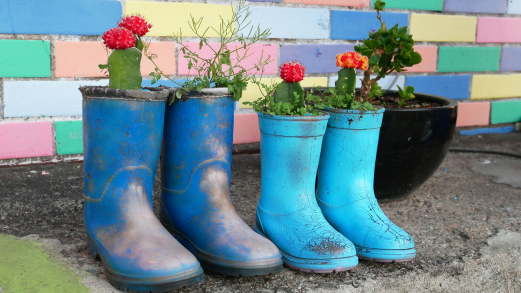The concepts of sustainability and providing a better future for our younger generations are intertwined with physical and mental health. We can design and landscape our gardens to be both sustainable and engaging for our children by creating a backyard naturescape playground. This can encourage your children to value, learn about and engage with their natural environment in their garden naturescape wonderland.
Article written by Dan Nitsche.
1. Child Friendly Design
The first step is getting your child involved in the design. Whether you hire a landscaper to do the work or you do it yourself, this is an opportunity to talk about the importance of sustainable concepts and how these can be incorporated into your design. You may like to have an overall vision of how the finished garden will look, but it is important to get your little ones to also give you ideas of how they want to use this outside space. They may like to have quiet areas for building an outdoor cubby house or a messy mud kitchen for creating some culinary master pieces. Part of the design is to also ensure that all aspects are accessible but that there is also an element of adventure. This means considering the height and depth of any raised garden beds and also ensuring that the design is flexible enough to let your child’s imagination run wild. One day they could pretend they are captaining a tall ship, the next creating culinary masterpieces in their own outdoor kitchen. Letting your child’s imagination run wild will show them that they can have even more fun engaging in unstructured play with natural elements than simply playing on plastic playground equipment. By including your child’s design ideas they will be more likely to be intrinsically motivated to spend time playing, exploring and learning from the natural world. Fostering an appreciation of the natural world from an early age will lay the foundation for sustainable practices throughout your child’s life.
2. Construct with the Kids
Once a design developed, it’s time to get constructing. Getting your children involved in this will give them greater understanding of sustainable building materials such as recycled timbers, straw bales, recycled and repurposed plastics as well as fallen branches and leaves from already established plants and trees. Their involvement will also provide them with ownership over the finished garden and help them understand the concepts of sustainability and sourcing local materials. Your backyard naturescape playground will be an ever-evolving creation. By involving your children in design and construction of the nature play space they will be subtly learning the benefits of protecting our environment.
3. Integrating Sensory Experiences
 Children are tactile creatures, and learn through their senses. Sensory experiences can be created throughout the design using different materials (such as sand, stones, native mulch and wood) and also through the plants you select. Fragrant plants such as lavender, rosemary and other herbs are great for children to use in their pretend play and also to bring inside to cook with. Having spaces where children can combine different sensory elements is also important – a sand area with wooden tree stumps would allow your child to get their hands dirty mixing sand, water and plants they have picked. By incorporating multiple sensory experiences you will foster a greater appreciation of the natural world. They’ll be bursting to get out into the great outdoors to learn and explore, leaving computer and TV screens behind.
Children are tactile creatures, and learn through their senses. Sensory experiences can be created throughout the design using different materials (such as sand, stones, native mulch and wood) and also through the plants you select. Fragrant plants such as lavender, rosemary and other herbs are great for children to use in their pretend play and also to bring inside to cook with. Having spaces where children can combine different sensory elements is also important – a sand area with wooden tree stumps would allow your child to get their hands dirty mixing sand, water and plants they have picked. By incorporating multiple sensory experiences you will foster a greater appreciation of the natural world. They’ll be bursting to get out into the great outdoors to learn and explore, leaving computer and TV screens behind.
4. Ensuring Edible Elements
Children love watching seeds sprout, flowers bloom and fruit grow and by planting edible plants in your garden you will be helping your child understand where fresh fruits and veggies come from. They will understand the concept of seasonal produce and the different growing conditions needed for their favourite summer fruits and winter vegies. Eating produce in season reduces transportation required as well as the need for creating artificial growing conditions, decreasing the carbon emissions involved in getting these foods on your plate. If they are part of growing their own fruit and vegetables they are also much more likely to enjoy eating a healthy range of these foods when it comes to dinner time.
5. Reuse and Recycle Local Natural Materials
Central to the concept of sustainability is reusing and recycling local natural materials. This may mean getting on your local area social media pages to see if anyone has any landscaping materials, mulch or plants. Another idea is to ask your local council if you can have access to any timber that has recently been pruned from trees in the area. Some things to spark your child’s imagination could be creating a water wall using recycled bottles or heading to the local op-shop to source utensils for a mud kitchen. From these activities your child will see the potential for items to be repurposed for a new use and will encourage them to think of other ways they could reuse and recycle items in their day-to-day life.
6. Non-toxic
It goes without saying that everything you use in your backyard naturescape should be non-toxic. This ensures that your child can safely use all of their senses to fully interact with their outdoor wonderland. Especially important is considering the properties of any elements that you are re-using. For example, some wooden pallets have been treated with harsh chemicals making them unsuitable for your garden.
7. Welcoming Backyard Critters
A big part of enjoying the natural environment is learning to live with the plethora of spiders, insects, lizards, frogs and other creatures that all help to create a healthy ecosystem. By understanding the different environments these species like to inhabit you can ensure that spiders will be discouraged from areas of play – this can be achieved through incorporating ‘insect hotels’ into the design. These give spiders a safe place to live while also allowing your child to appreciate their role in the garden. They also will provide homes for insects. Careful plant selection will encourage natural pest controllers such as ladybugs and pollinating bees. Children who are encouraged to interact with garden insects have a greater understanding of their importance to ecological balance and are therefore less likely to resort to using pesticides in later life.
Incorporating sustainable and educational ideas into your nature playground garden design can help nurture environmental values in future generations. So start collaborating with your kids and build your very own naturescape play area in your backyard.
Related Articles:
Citizen Science: A Pathway to Gardening Success and Biodiversity Conservation
In recent years, the realm of science has experienced a remarkable transformation, one that invites people from all walks of life to participate…
A Sustainable Gardener’s Guide to Thrifty Gardening
Creating an eco-friendly and cost-effective garden involves more than just nurturing plants; it's about adopting a sustainable approach that…




